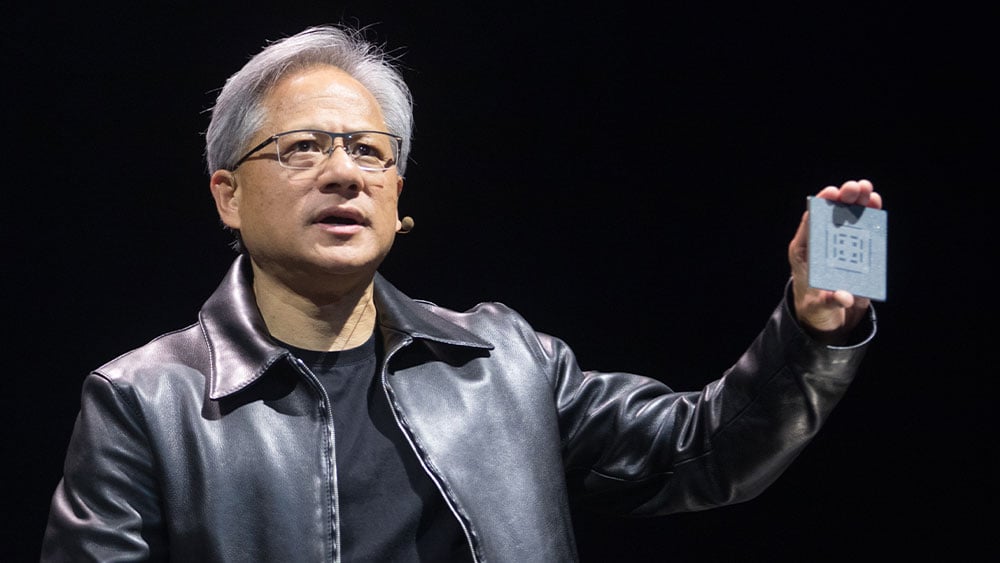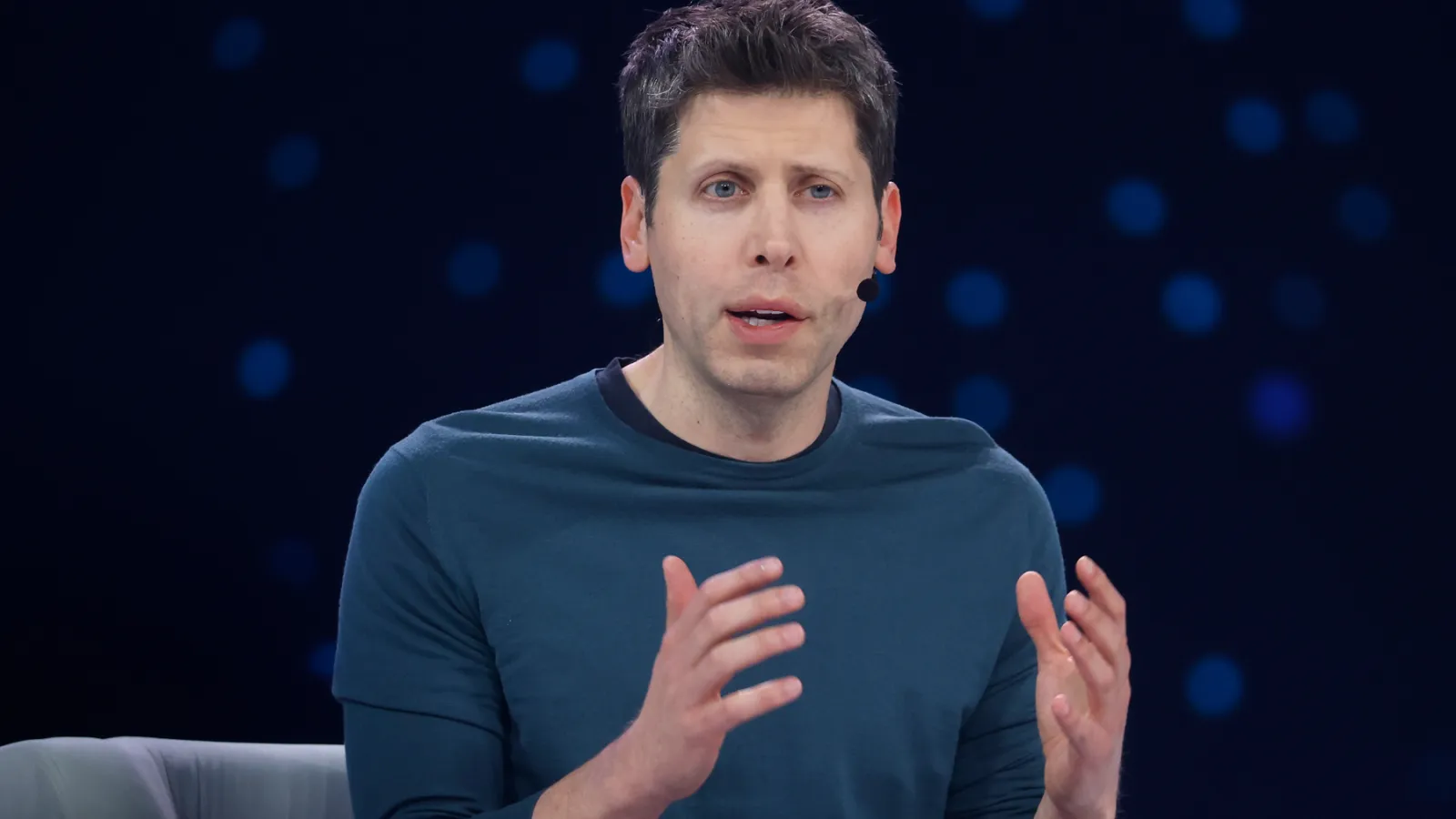Copyright WTOP

It’s always been a challenging task, helping teenage boys develop into well-rounded young men — the new trend of social media-fueled “digital masculinity” is complicating that transition even more. “The adolescent years are a period where you are trying to get a good sense of self,” said Dr. Mutsa Nyakabau, a pediatrician at Kaiser Permanente, in Ashburn, Virginia. “Digital masculinity is this trend that’s gradually becoming more pervasive, in which young, teenage boys are having this social education on how to be young men, based on the content they are consuming.” A recent survey by Common Sense Media showed three in four boys age 11 to 17 regularly encounter masculinity-related posts about “building muscle, making money, fighting, dating and relationships, or weapons.” “The idea of masculinity being portrayed is being this buff, six-foot-five figure, who is a financially successful multimillionaire, and also this emotionally sort of isolated, almost stoic individual, that is almost untouchable,” Nyakabau said. In the group-think environment of social media, Nyakabau said previous studies have shown that teenage boys often tune-out their parents’ input. “A lot of teens seem to be more receptive to peer influence, as opposed to parental influence,” Nyakabau said. The undue influence of social media is exacerbated by the technology. Nyakabau said parents should ensure their children have algorithmic literacy. “It’s teaching teens that this thing on TikTok, or Instagram, or Facebook, or Instagram Reels, it’s a machine that’s designed to use you, and to put commercials in front of you,” Nyakabau said. Most importantly, once a teen clicks on a piece of content, “This machine is trying to get me to click on it more and more, so progressively it will walk me toward more and more extreme expressions of that particular thing.” Nyakabau offered an example: A teen will often be offered content about “trying to attain an unnaturally perfect physique, when the initial click was, ‘How do I do some pushups?'” Or if a teenage boy searches for basic information on personal finance, eventually he’ll get content on, “How to make $2 million selling Bitcoin,” Nyakabau said. And as a teenage boy is continually surrounded by unrealistic social media content, “You start to shape your world, based on what you see, through these social media outlets.” The Common Sense Media survey, entitled “Boys in the Digital Wild: Online Culture, Identity, and Well-Being,” shows boys with strong real-world relationships demonstrate better self-esteem and are less lonely. How can parents help teenage boys minimize digital masculinity First, be a good digital role model, Nyakabau said. “What do they see you doing as a parent — do they see you on your phone at dinner time?” Nyakabau said. Rather than grilling teens by demanding to know what content they’re viewing, Nyakabau suggested floating an open-ended question: “Did you see something interesting that you’re curious about?” “That opens the door for your teen so when they’re comfortable and ready to share some things, you might be surprised by what they might say,” Nyakabau said. And, look for ways to interact and support the teen boy’s interests. “If they like a sport, take them to the sport if you can,” Nyakabau said. “If they like theater, take them, just encouraging that real world connection.” Try to reframe how the teen finds validation. “Help them feel that sense of accomplishment when they do real world things, instead of trying to get validation and the praise and the likes and the clicks from social media,” Nyakabau said. Get breaking news and daily headlines delivered to your email inbox by signing up here. © 2025 WTOP. All Rights Reserved. This website is not intended for users located within the European Economic Area.



